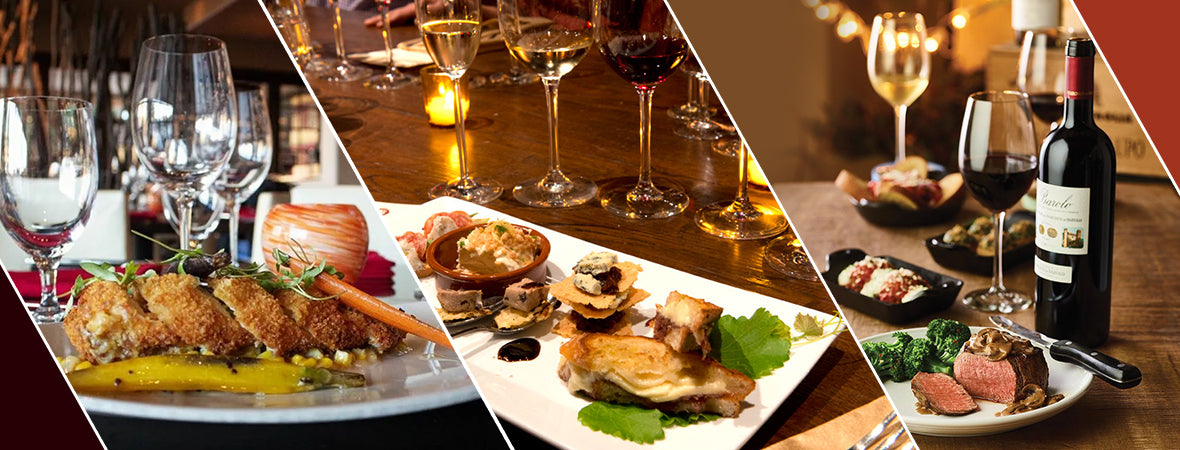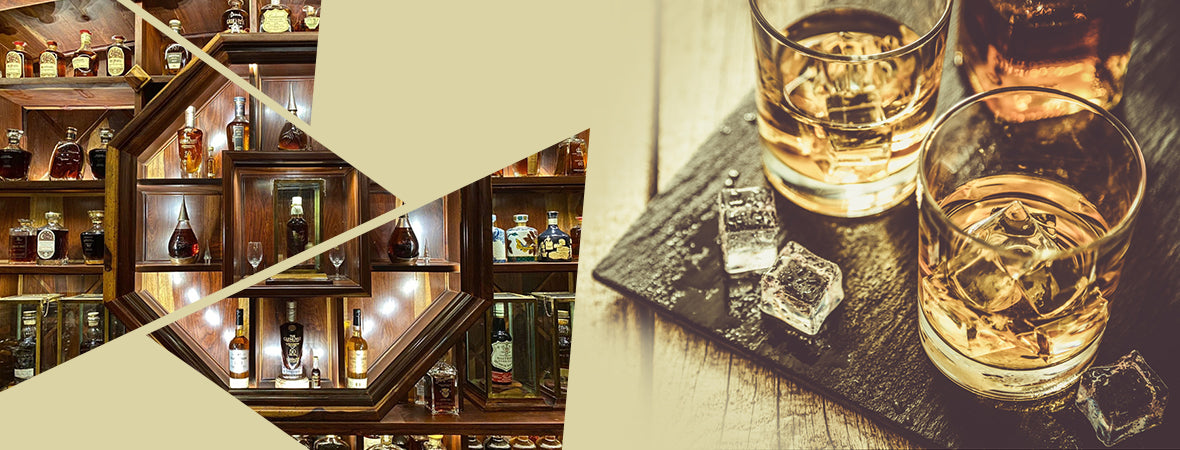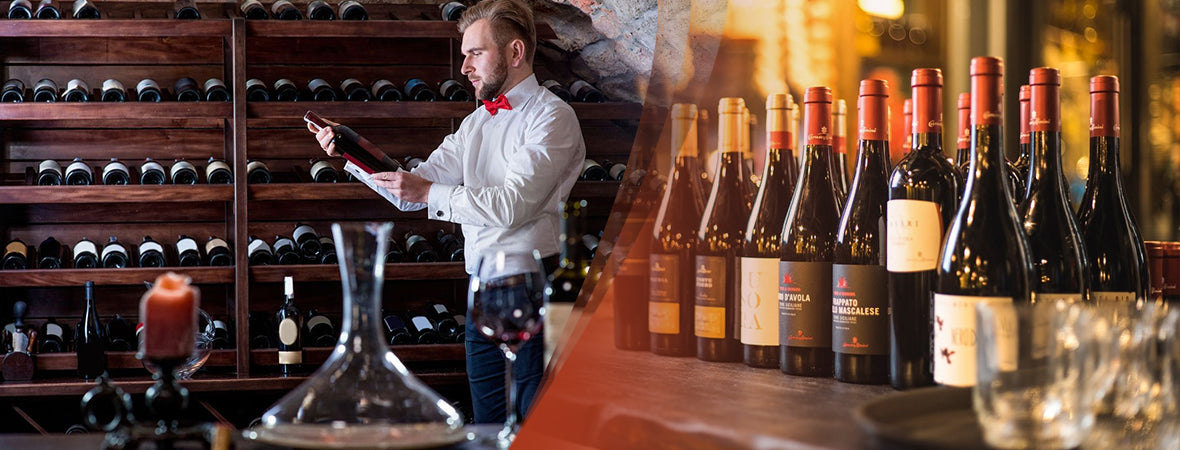There are countless varieties of grapes in the world, many of which have been used for wine production
for thousands of years. Ever since the ancient civilisations of Georgia first began cultivating wild
grapevines over eight thousand years ago, efforts have been made to make the most of indigenous strains
wherever they grow. Over time, knowledge of how to cross-breed, clone and enhance nature's bounty has
spread grapes around the world, and vintners and wine scientists created new strains developed
specifically for wine production, prized for their flavour, their aromas, their ability to age well or express
specific characteristics of the terroir on which they grow. This is an ever-developing field of agriculture,
and even today we are seeing new strains come forward or being re-discovered and heralded as important
steps towards achieving viticultural perfection. Who knows what will happen in the near future? Now that
we are seeing new countries such as China, India and Brazil stepping up their wine industries, we can
expect to see some huge jumps in viticultural technique and technology over the next few years, and it
wouldn't be surprising if some new or forgotten grape varietals begin to appear on bottles on the shelves
of our wine stores or supermarkets.
Despite the enormous range of grape varietals in the world, there have always been those strains which
are so revered, so appreciated for the quality and character of the wine which they produce, that they have
gone down in history as the grapes of choice for those wineries wishing to produce world-beating and
widely loved produce. These are the 'noble grapes' – a term being used less and less in today's wine
industry, but which still hold some reverence amongst those pursuing perfection in a bottle, and which are
handy signifiers of quality and finery for those unsure about trying something new or unusual. To see a
noble grape listed as the only or primary grape varietal on a bottle gives the buyer some idea of what to
expect, as the characteristics, flavours and aromas of these grapes have been written about and discussed
extensively, and have, in many ways entered the public's consciousness. As such, the 'noble grapes' offer
something to both the expert and the novice, as they can be appreciated for their subtler points and their
classic characteristics, just as they can allow a beginner to the world of wine a safe introduction in regards
to what to expect from a quality bottle.
A noble grape is one which has proven over the centuries to be able to produce exceptional quality wines,
without the use of blending. This is important, as an unblended wine allows the true character of the
single grape to shine, and hold its own in the bottle. When we blend grape juices, the aim is to highlight
the best features of each selected grape, and cover up its weaker points or balance out certain aspects of
its natural character. Unblended bottles must show the full force of the grape on its own, and rely on the
excellence of the varietal in regards to all its features – from flavour and aroma, to dryness or sweetness,
body, length and complexity. Because the noble grape varietals were classified some time ago, it comes
as little surprise that they are almost all French. This has led plenty of people to question the list's
relevance today, as plenty of other countries have since proven that their native grapes are more than
capable of producing exceptional quality single variety wines, and this should probably be kept in mind.
A modern list of 'noble grapes' would most likely be considerably longer than the small selection we have
inherited from the golden age of French winemaking.
In white wine, there are three noble grape varietals. These are Sauvignon Blanc, Chardonnay and
Riesling. Each of these white grapes have vastly different characteristics, and make very different white
wines, each considered to be amongst the best in the world. With Chardonnay, we have the soft, rounded,
almost buttery nature which comes about through the process of malolactic fermentation associated with
the grape, proving to be a favourite for its subtlety and surprising versatility. Riesling has the ability to
express terroir through its crispness, and Sauvignon Blanc produces a wide range of excellent white
wines, ranging from the grassy, to the fruity, plump and aged.
When it comes to red wine, the noble varietals are Merlot, which is renowned for its ability to produce
wonderfully soft and rounded medium bodied wines, packed full of jammy and fruity flavours. The
elegant and romantic Pinot Noir also makes the list, loved by all for its lightness, its gorgeous garnet
colour and its delicate flavours. The strong, astringent Cabernet Sauvignon is also included for its
dryness, its full body and the fact that there is surely no other varietal which ages so well in oak, taking on
earthy, spicy and fascinating complexity notes in the process.
for thousands of years. Ever since the ancient civilisations of Georgia first began cultivating wild
grapevines over eight thousand years ago, efforts have been made to make the most of indigenous strains
wherever they grow. Over time, knowledge of how to cross-breed, clone and enhance nature's bounty has
spread grapes around the world, and vintners and wine scientists created new strains developed
specifically for wine production, prized for their flavour, their aromas, their ability to age well or express
specific characteristics of the terroir on which they grow. This is an ever-developing field of agriculture,
and even today we are seeing new strains come forward or being re-discovered and heralded as important
steps towards achieving viticultural perfection. Who knows what will happen in the near future? Now that
we are seeing new countries such as China, India and Brazil stepping up their wine industries, we can
expect to see some huge jumps in viticultural technique and technology over the next few years, and it
wouldn't be surprising if some new or forgotten grape varietals begin to appear on bottles on the shelves
of our wine stores or supermarkets.
Despite the enormous range of grape varietals in the world, there have always been those strains which
are so revered, so appreciated for the quality and character of the wine which they produce, that they have
gone down in history as the grapes of choice for those wineries wishing to produce world-beating and
widely loved produce. These are the 'noble grapes' – a term being used less and less in today's wine
industry, but which still hold some reverence amongst those pursuing perfection in a bottle, and which are
handy signifiers of quality and finery for those unsure about trying something new or unusual. To see a
noble grape listed as the only or primary grape varietal on a bottle gives the buyer some idea of what to
expect, as the characteristics, flavours and aromas of these grapes have been written about and discussed
extensively, and have, in many ways entered the public's consciousness. As such, the 'noble grapes' offer
something to both the expert and the novice, as they can be appreciated for their subtler points and their
classic characteristics, just as they can allow a beginner to the world of wine a safe introduction in regards
to what to expect from a quality bottle.
A noble grape is one which has proven over the centuries to be able to produce exceptional quality wines,
without the use of blending. This is important, as an unblended wine allows the true character of the
single grape to shine, and hold its own in the bottle. When we blend grape juices, the aim is to highlight
the best features of each selected grape, and cover up its weaker points or balance out certain aspects of
its natural character. Unblended bottles must show the full force of the grape on its own, and rely on the
excellence of the varietal in regards to all its features – from flavour and aroma, to dryness or sweetness,
body, length and complexity. Because the noble grape varietals were classified some time ago, it comes
as little surprise that they are almost all French. This has led plenty of people to question the list's
relevance today, as plenty of other countries have since proven that their native grapes are more than
capable of producing exceptional quality single variety wines, and this should probably be kept in mind.
A modern list of 'noble grapes' would most likely be considerably longer than the small selection we have
inherited from the golden age of French winemaking.
In white wine, there are three noble grape varietals. These are Sauvignon Blanc, Chardonnay and
Riesling. Each of these white grapes have vastly different characteristics, and make very different white
wines, each considered to be amongst the best in the world. With Chardonnay, we have the soft, rounded,
almost buttery nature which comes about through the process of malolactic fermentation associated with
the grape, proving to be a favourite for its subtlety and surprising versatility. Riesling has the ability to
express terroir through its crispness, and Sauvignon Blanc produces a wide range of excellent white
wines, ranging from the grassy, to the fruity, plump and aged.
When it comes to red wine, the noble varietals are Merlot, which is renowned for its ability to produce
wonderfully soft and rounded medium bodied wines, packed full of jammy and fruity flavours. The
elegant and romantic Pinot Noir also makes the list, loved by all for its lightness, its gorgeous garnet
colour and its delicate flavours. The strong, astringent Cabernet Sauvignon is also included for its
dryness, its full body and the fact that there is surely no other varietal which ages so well in oak, taking on
earthy, spicy and fascinating complexity notes in the process.





